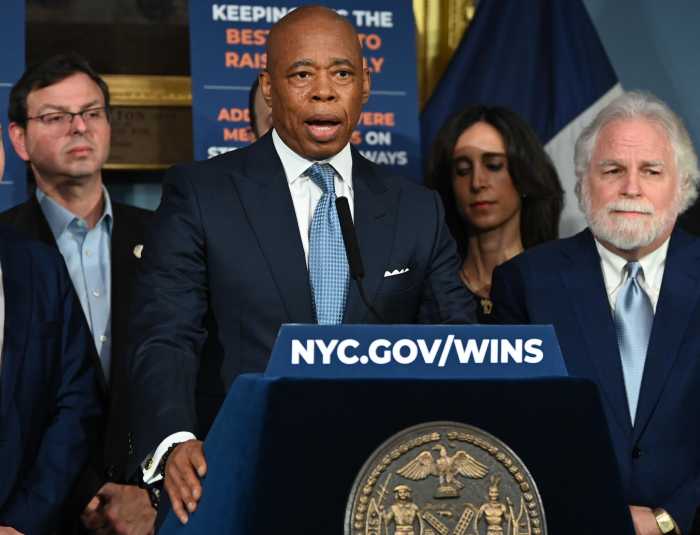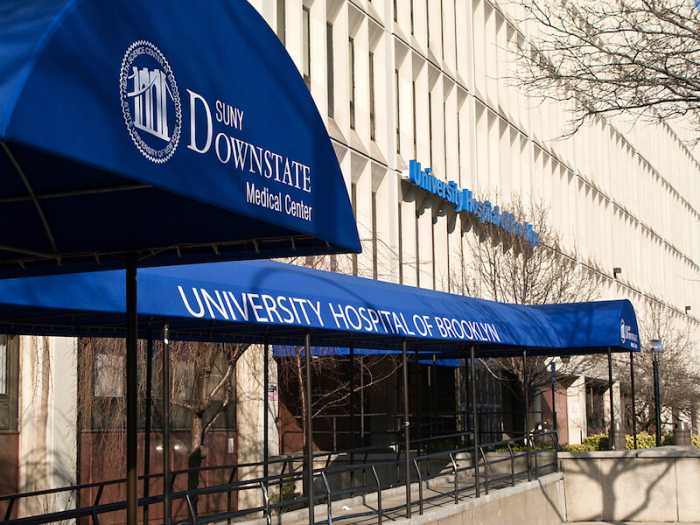BY PAUL SCHINDLER | Seizing on an issue whose appeal became clear during the Democratic presidential primary contest last year, Governor Andrew Cuomo has made New York the first state in the nation to provide free tuition to its state colleges and universities. The program, enacted in the new budget adopted early this month and estimated to cost $87 million in its first year, will cover tuition, which ranges from $4,350 a year at two-year public schools to $6,470 at four-year ones. That means students, during the course of earning a bachelor’s degree, can avoid up to $26,000 in debt.
That’s a real achievement, one recognized by Senator Bernie Sanders, who appeared with the governor when he announced the program earlier this year and — even after the program’s shortcomings became clear once enacted — tweeted, “Real progress appears to be taking place in New York State.”
Without taking away from the real contribution this tuition waiver makes, it’s worth focusing on several ways in which it fails those who most need assistance in getting a college degree. First, the program requires that students stay on track in finishing their program in the two- or four-year time frame required for the degree they are seeking. While it makes sense to ensure students are serious about their goals when providing them with financial support, this requirement ignores the reality that many lower income young people face.
EXPRESS OURSELVES
As the New York Times pointed out, living expenses, books, and other fees — which are not covered by the program — can total more than twice the cost of tuition. Many students find they must take time off from school or take fewer courses than needed to graduate on time so they can work to cover their and their families’ living expenses. Writing in GothamGazette.com, City Councilmember Jumaane Williams noted only 10 percent of City College students graduate on time.
The lack of any financial support for non-tuition expenses in the new program makes clear that lower income students weren’t really its primary target beneficiaries. Many such students already enjoy federal Pell grants or state aid in covering their tuition. The real hurdle they face is being able to drop out of the full-time labor force to handle a full schedule of classes. The new tuition program does nothing to solve that problem.
Finally, the governor’s plan includes an onerous restriction on graduates who enjoy its benefits — they must work in New York State for as many years as they received tuition assistance. In other words, for somewhere between two and four years, their degree is only good here. According to the New York Post, that requirement was a last-minute add-on by State Senate Republicans, but Cuomo has endorsed their view, arguing, “Why should New Yorkers pay for your college education and then you pick up and you move to California?” Yet, in defending the restriction against charges it holds new graduates back, the program’s boosters point out that between 85 and 90 percent of SUNY grads take jobs in New York. With no strong evidence of a serious “brain drain,” why are those few grads who find opportunity elsewhere being penalized? The restriction is absurd.
Some observers well-versed in New York State higher education see the new program, which by 2019 will assist families earning up to $125,000 a year, for what it is. “It will help a slice of middle-class students, but it’s only a slice,” Bruce Johnstone, a former SUNY chancellor, told the Times.
Strengthening the middle class is important — and it’s also good politics. New York State must yet take on the harder job of providing real educational opportunities to economically marginalized communities.





































